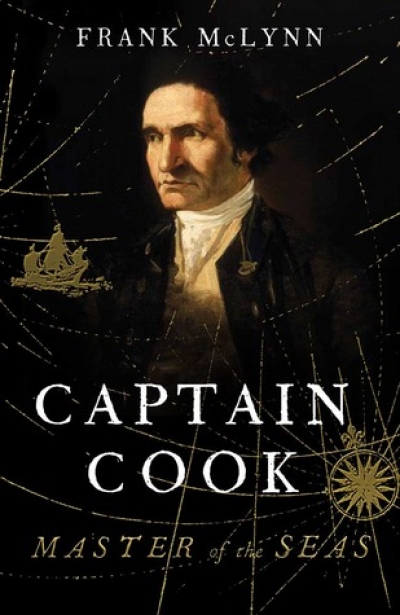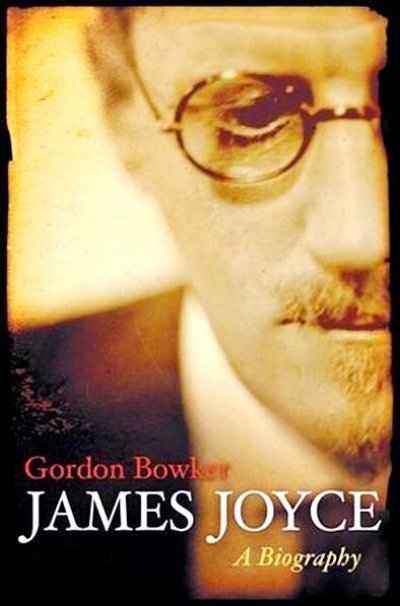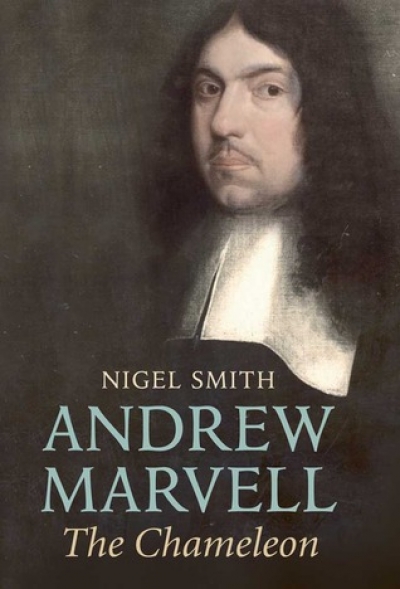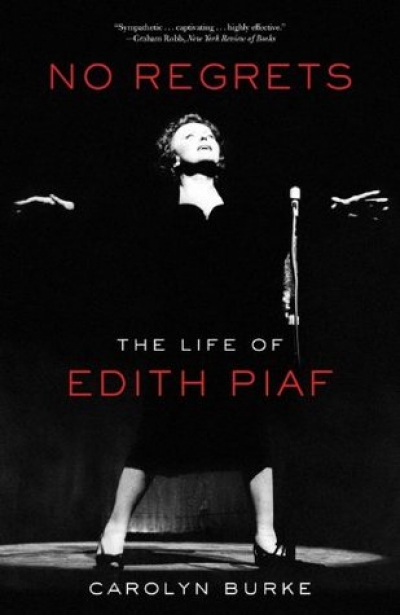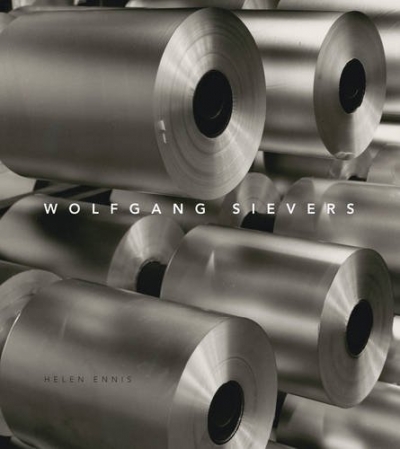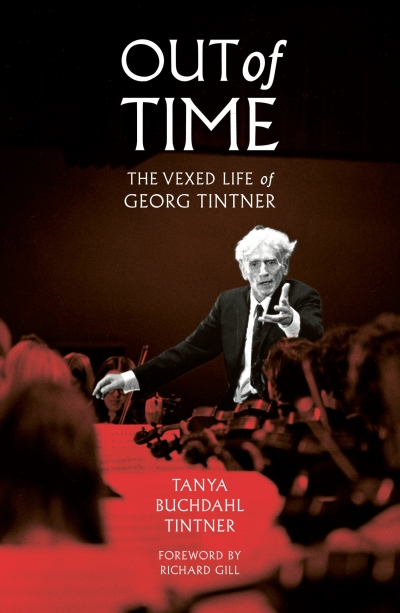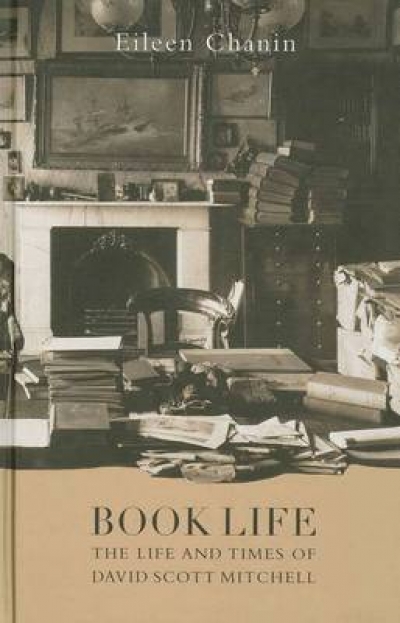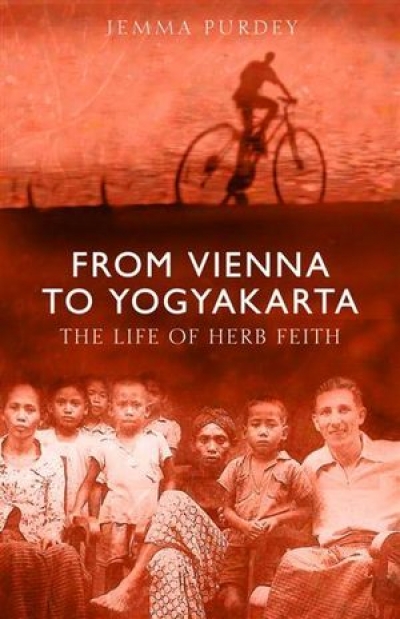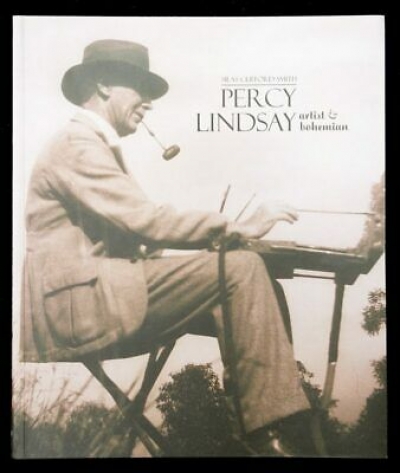This is the first major biography of Australia’s greatest book collector, David Scott Mitchell, whose peerless Australian and Pacific collection established the Mitchell Library. Mitchell was born in 1836, in Sydney. He rarely left the city and never ventured beyond New South Wales. Living on inherited wealth, he devoted his life to collecting 40,000 printed works, as well as manuscripts, maps, and pictures. On his death in 1907, Mitchell bequeathed his collection to the Public (now State) Library of New South Wales with a £70,000 endowment to fund additions. It was arguably Australia’s greatest cultural bequest. Mitchell himself has always been an enigma. Although he collected the documentary history of our nation, he preserved very little to illuminate his own life, beliefs, and motivation.
...
(read more)

